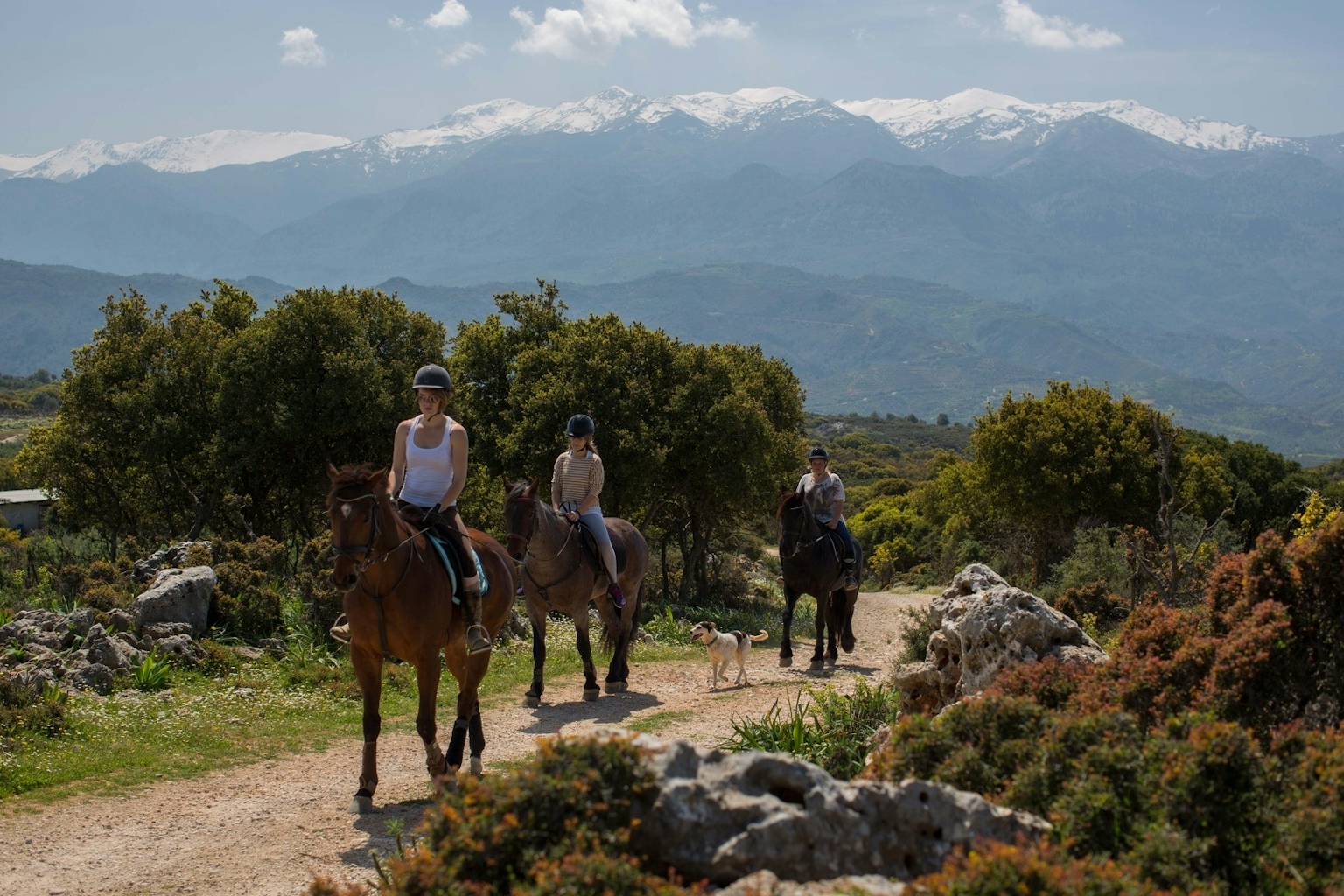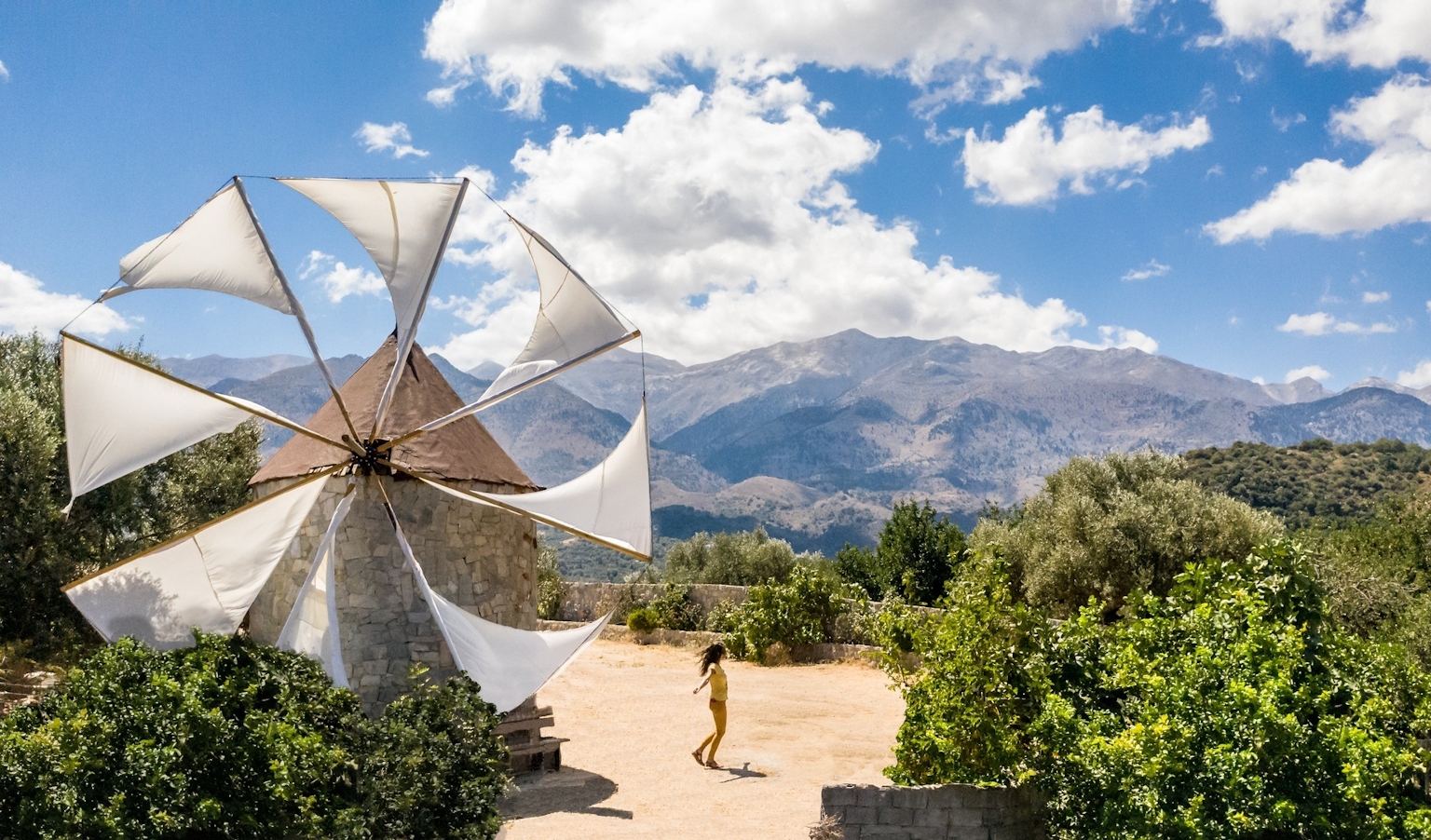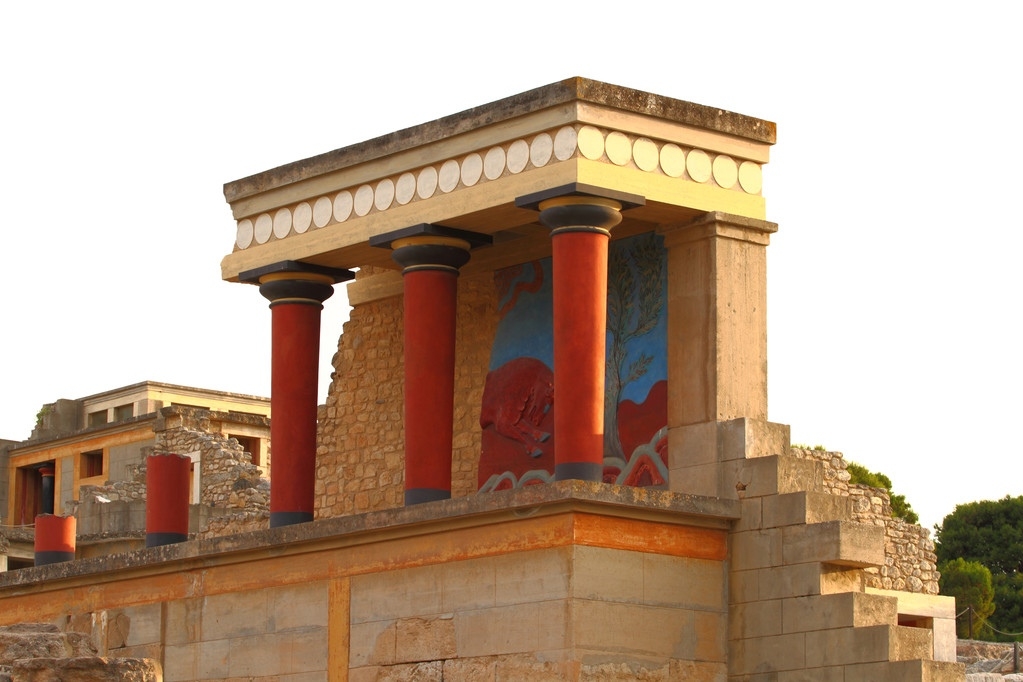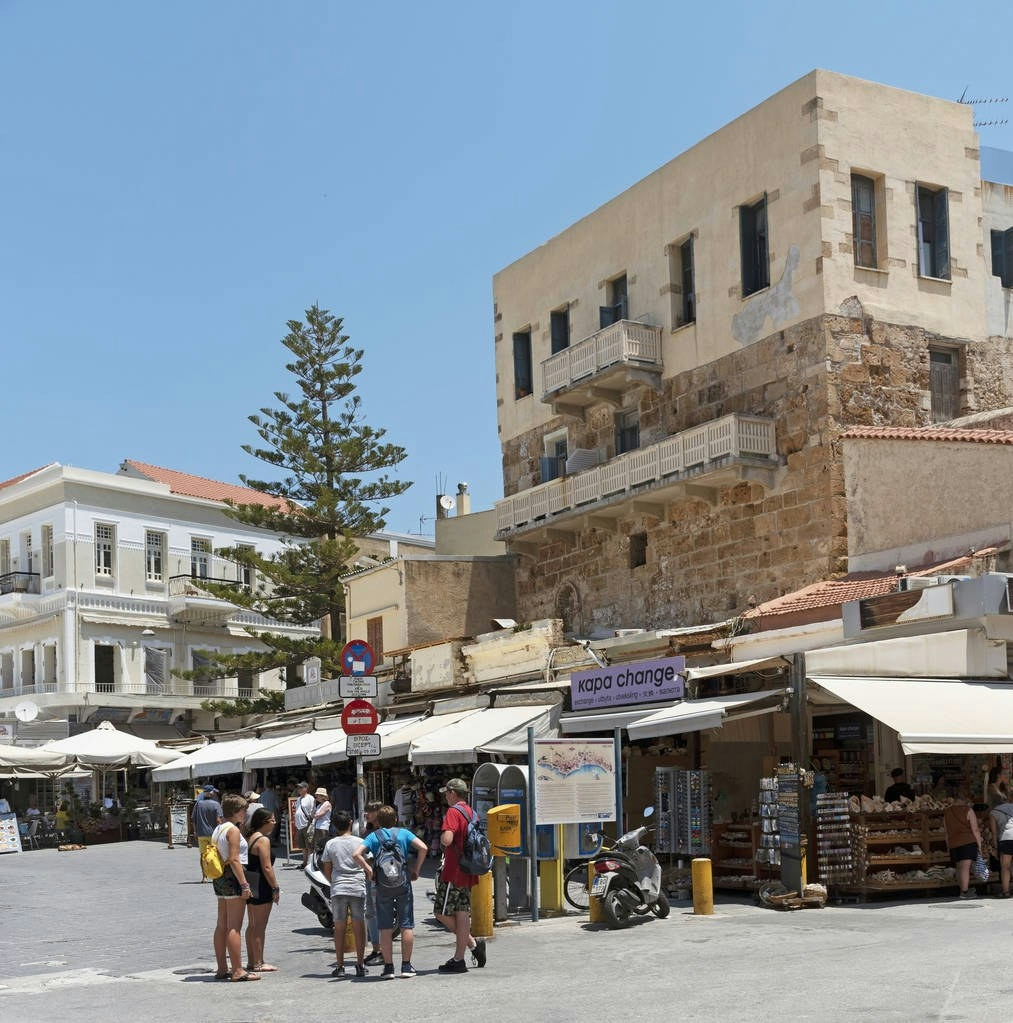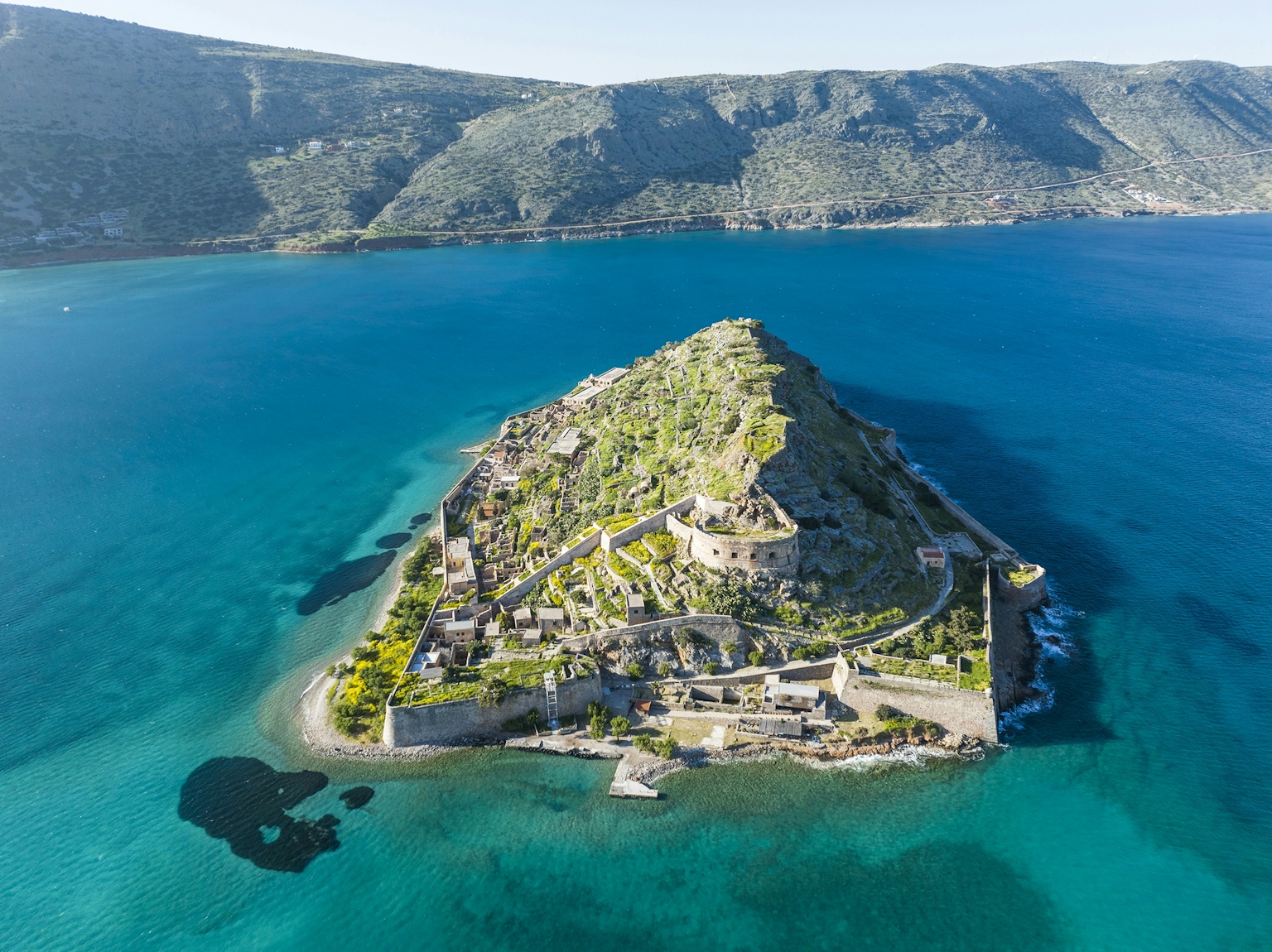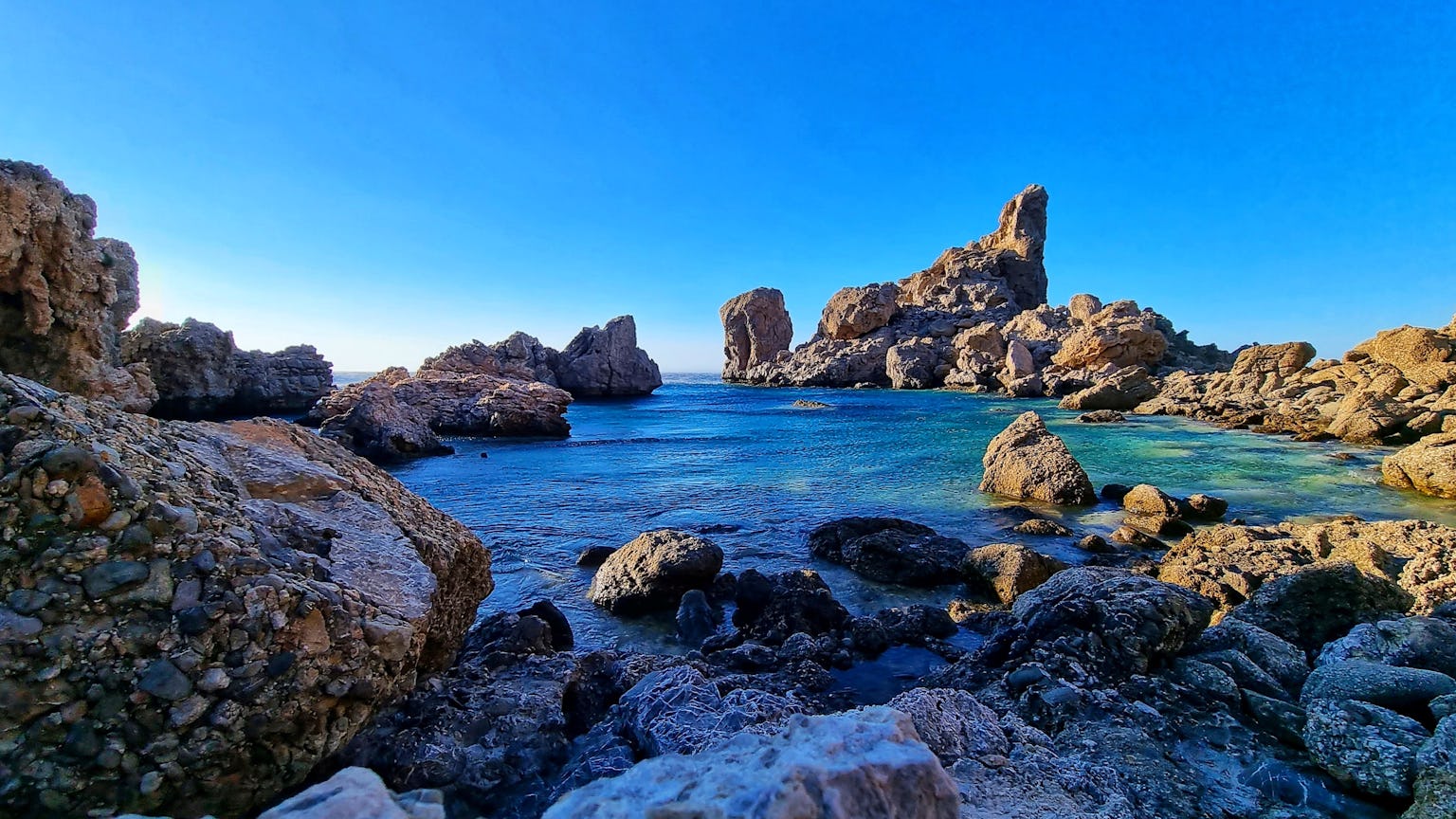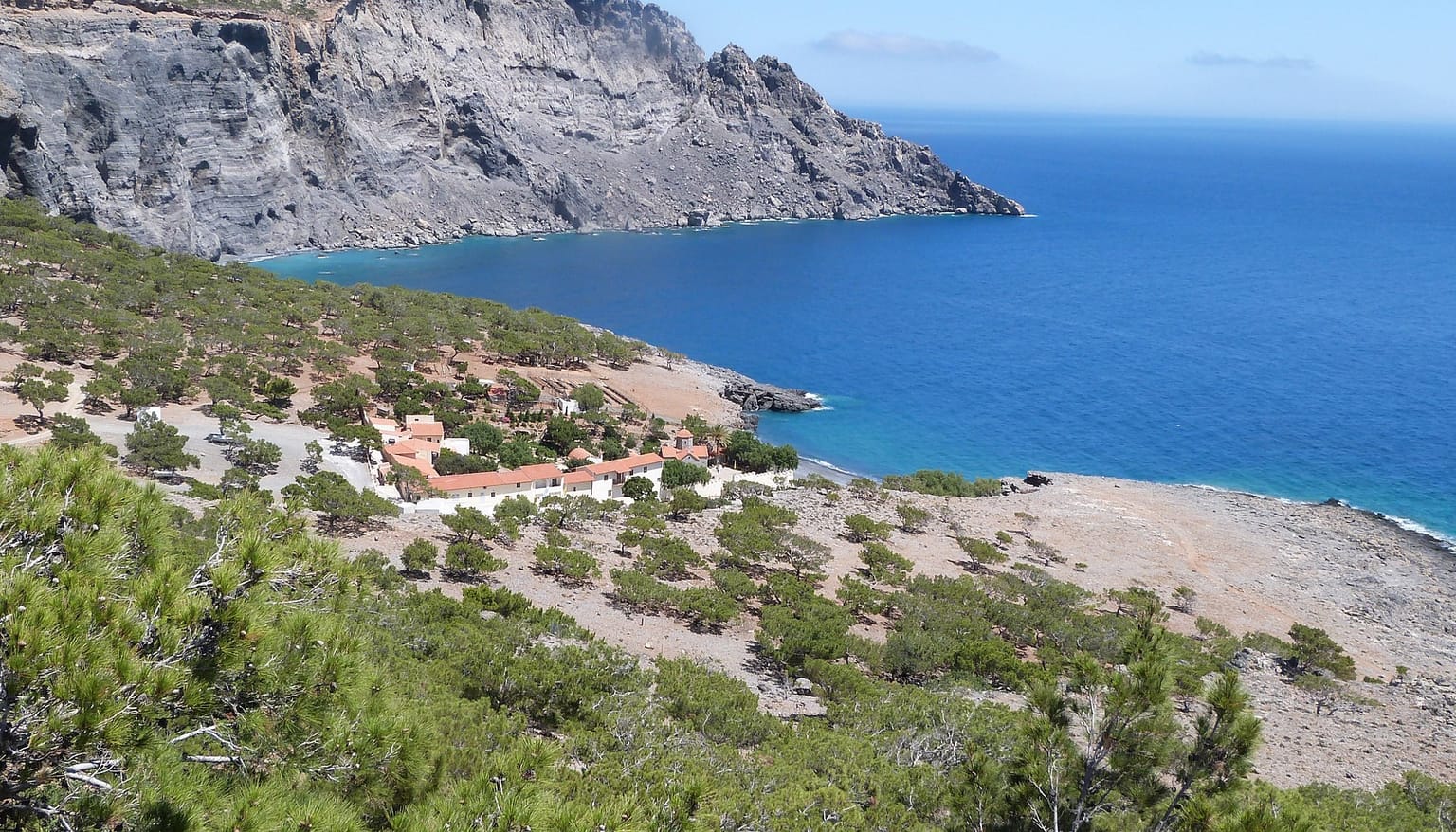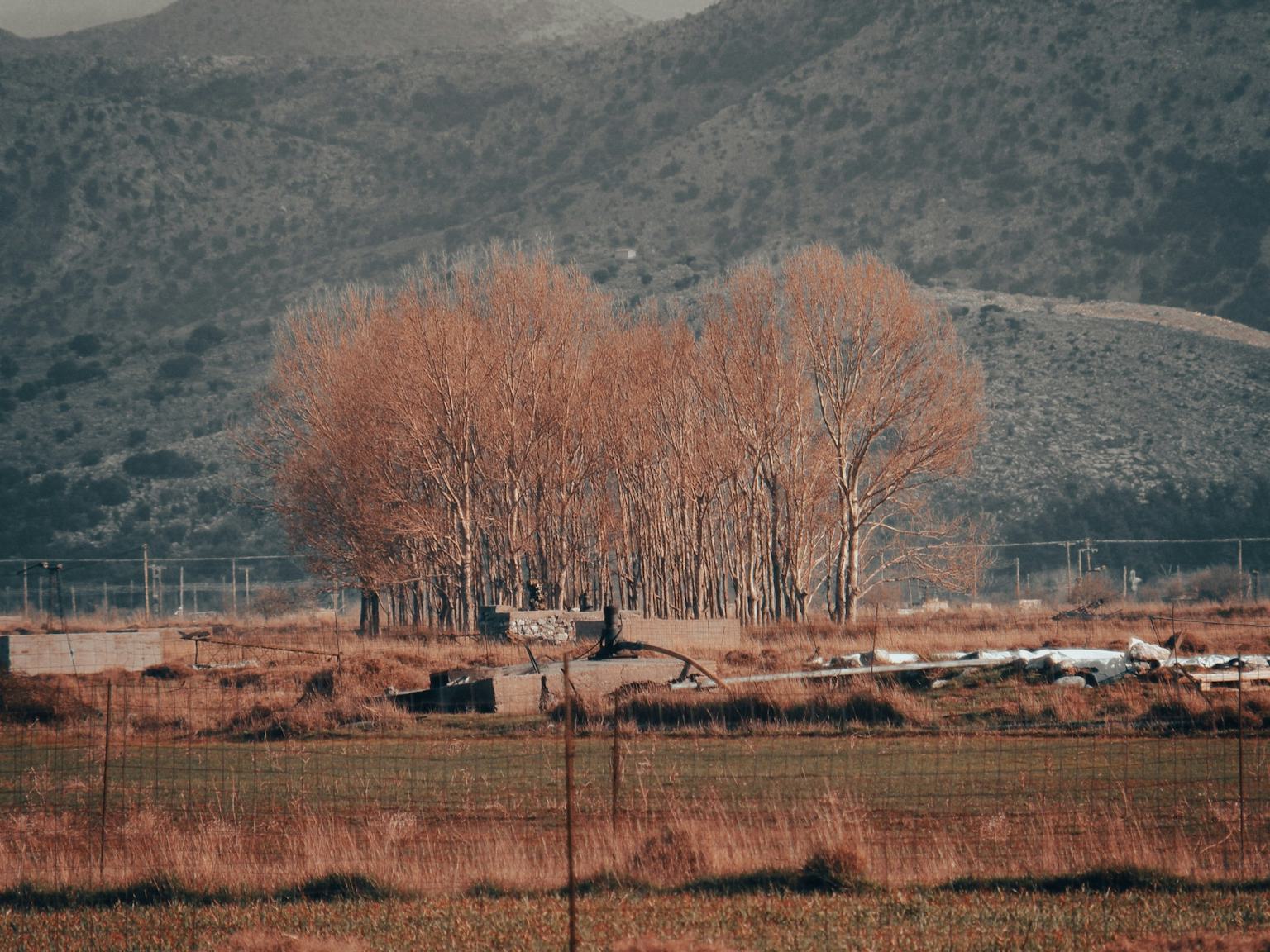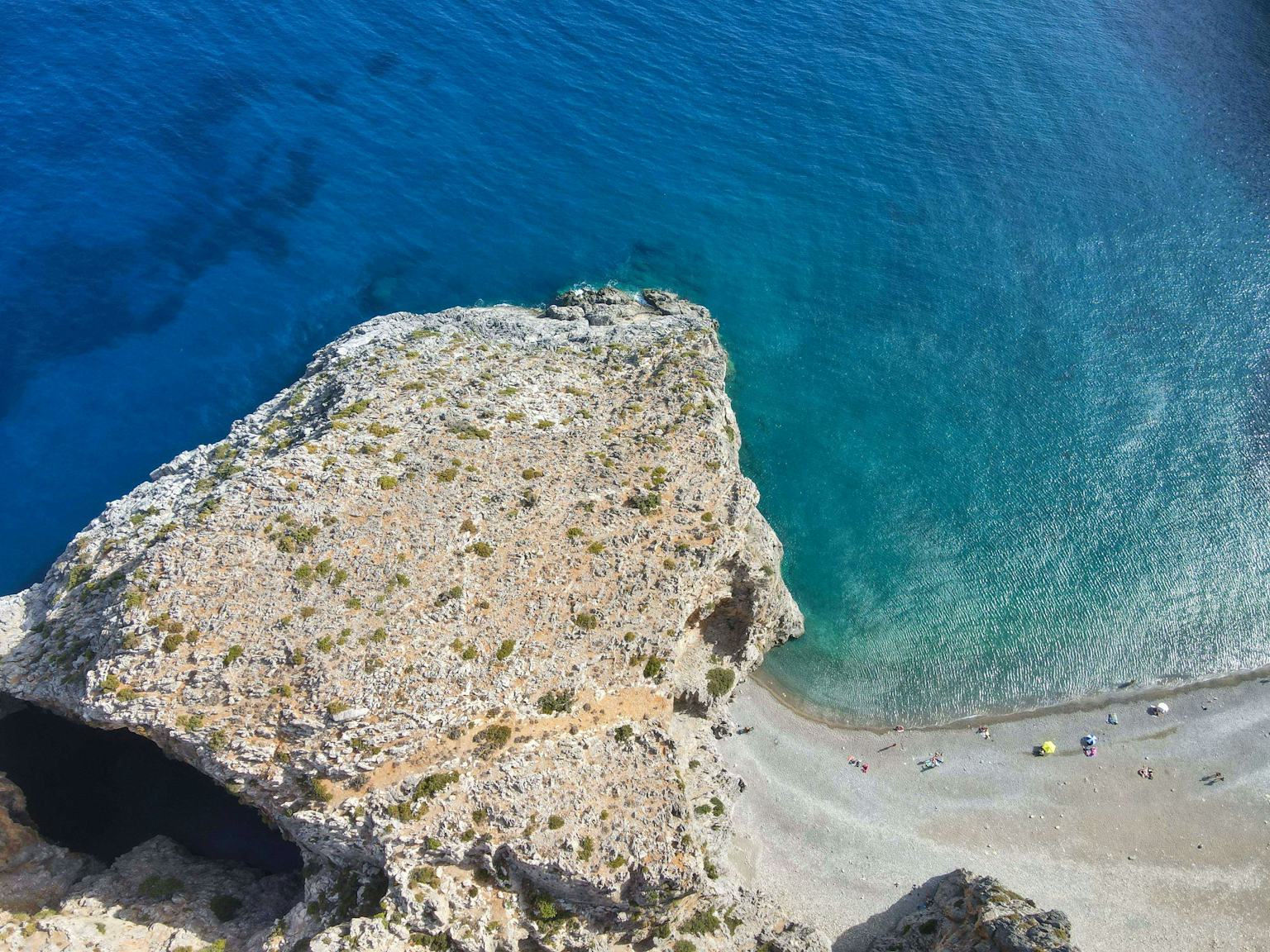Pites Grias in Prinias
Sightseeing

ABOUT
The transformation of Crete's carbonate rocks persists, undergoing gradual yet constant erosion by water through the phenomenon of karst erosion. Among the most intriguing karst geosites in the Psiloritis Geopark is undoubtedly Pites Grias in the vicinity of Prinias village. In the depths of a ravine, one can find sizable circular and tiled rock formations marked by a distinctive groove along the perimeter. Locals aptly refer to them as 'Pites Grias,' which translates to 'Old Woman Pies,' as an attempt to explain the peculiar appearance of the rocks through a folk legend.
Indeed, these limestones, measuring 6-7 cm, prove insufficient for the relentless forces of nature. Over the years, laden with numerous fossils of sea urchins and bivalves, they have descended from the summit of the adjacent hill, Patela, where the remnants of the Minoan city of Rizinia lie. The substantial limestone pieces undergo dissolution by water, gradually taking on rounded forms. Simultaneously, due to their composition of two layers of limestone, water dissolves the rock along the dividing surface, creating a groove within each boulder. This dual process contributes to the distinctive shape of the rocks.
Photo: G Charkoutsis
Information: Psiloritis Geopark
see also

Agios Ioannis Theologos Church in Lentas
Lentas is a stunning coastal village located in the southern region of Heraklion.
If you happen to be in the area, don't miss the opportunity to explore a remarkable church, Agios Ioannis Theologos. This Byzantine church was constructed using materials from the ancient basilica, upon which the present-day church stands.
As per the Ministry of Culture, towards the end of the 19th century AD, the local inhabitants constructed a small-aisled, vaulted chapel dedicated to St John the Theologian in the location of the Holy Bema of the basilica.
Discover further details about the basilica here.
Photo: Wikimedia Commons
Lentas is a stunning coastal village located in the southern region of Heraklion.
If you happen to be in the area, don't miss the opportunity to explore a remarkable church, Agios Ioannis Theologos. This Byzantine church was constructed using materials from the ancient basilica, upon which the present-day church stands.
As per the Ministry of Culture, towards the end of the 19th century AD, the local inhabitants constructed a small-aisled, vaulted chapel dedicated to St John the Theologian in the location of the Holy Bema of the basilica.
Discover further details about the basilica here.
Photo: Wikimedia Commons

Vasiliki Lenta
Today, an early Christian Basilica stands in the vicinity of the ancient city of Crete Levinos (Lentas).
As per the Ministry of Culture, excavations in the area were conducted by the Italian School of Archaeology in the early 20th century.
The basilica underwent at least two construction phases. The initial phase occurred in the first half of the 5th century AD, following the spread of Christianity in the area, resulting in the erection of a three-aisled, wooden-roofed basilica in the simple Hellenistic style. Subsequently, during the second building phase in the mid-6th century, the original basilica was destroyed, probably by earthquake or other causes, and rebuilt on the same site, preserving its original shape and size.
The basilica met its demise in the mid-7th century AD and has remained abandoned ever since.
Photo: Wikimedia Commons
Today, an early Christian Basilica stands in the vicinity of the ancient city of Crete Levinos (Lentas).
As per the Ministry of Culture, excavations in the area were conducted by the Italian School of Archaeology in the early 20th century.
The basilica underwent at least two construction phases. The initial phase occurred in the first half of the 5th century AD, following the spread of Christianity in the area, resulting in the erection of a three-aisled, wooden-roofed basilica in the simple Hellenistic style. Subsequently, during the second building phase in the mid-6th century, the original basilica was destroyed, probably by earthquake or other causes, and rebuilt on the same site, preserving its original shape and size.
The basilica met its demise in the mid-7th century AD and has remained abandoned ever since.
Photo: Wikimedia Commons

Pites Grias in Prinias
The transformation of Crete's carbonate rocks persists, undergoing gradual yet constant erosion by water through the phenomenon of karst erosion. Among the most intriguing karst geosites in the Psiloritis Geopark is undoubtedly Pites Grias in the vicinity of Prinias village. In the depths of a ravine, one can find sizable circular and tiled rock formations marked by a distinctive groove along the perimeter. Locals aptly refer to them as 'Pites Grias,' which translates to 'Old Woman Pies,' as an attempt to explain the peculiar appearance of the rocks through a folk legend.
Indeed, these limestones, measuring 6-7 cm, prove insufficient for the relentless forces of nature. Over the years, laden with numerous fossils of sea urchins and bivalves, they have descended from the summit of the adjacent hill, Patela, where the remnants of the Minoan city of Rizinia lie. The substantial limestone pieces undergo dissolution by water, gradually taking on rounded forms. Simultaneously, due to their composition of two layers of limestone, water dissolves the rock along the dividing surface, creating a groove within each boulder. This dual process contributes to the distinctive shape of the rocks.
Photo: G Charkoutsis
Information: Psiloritis Geopark
The transformation of Crete's carbonate rocks persists, undergoing gradual yet constant erosion by water through the phenomenon of karst erosion. Among the most intriguing karst geosites in the Psiloritis Geopark is undoubtedly Pites Grias in the vicinity of Prinias village. In the depths of a ravine, one can find sizable circular and tiled rock formations marked by a distinctive groove along the perimeter. Locals aptly refer to them as 'Pites Grias,' which translates to 'Old Woman Pies,' as an attempt to explain the peculiar appearance of the rocks through a folk legend.
Indeed, these limestones, measuring 6-7 cm, prove insufficient for the relentless forces of nature. Over the years, laden with numerous fossils of sea urchins and bivalves, they have descended from the summit of the adjacent hill, Patela, where the remnants of the Minoan city of Rizinia lie. The substantial limestone pieces undergo dissolution by water, gradually taking on rounded forms. Simultaneously, due to their composition of two layers of limestone, water dissolves the rock along the dividing surface, creating a groove within each boulder. This dual process contributes to the distinctive shape of the rocks.
Photo: G Charkoutsis
Information: Psiloritis Geopark

Patella Hill
Patella is a historic hill that attracts many climbers for religious reasons.
The hill once housed the ancient city of Rizinia, and remnants of this city still linger in the area, providing tangible evidence of the Minoan civilisation's existence.
Every year, on 26th and 27th July, devout individuals ascend to the hill's highest and most remote point. Here stands the small church of Agios Panteleimonas, and a festival is held in his honour.
Info: Wikipedia
Patella is a historic hill that attracts many climbers for religious reasons.
The hill once housed the ancient city of Rizinia, and remnants of this city still linger in the area, providing tangible evidence of the Minoan civilisation's existence.
Every year, on 26th and 27th July, devout individuals ascend to the hill's highest and most remote point. Here stands the small church of Agios Panteleimonas, and a festival is held in his honour.
Info: Wikipedia

Church of the Transfiguration of the Saviour in Gagales
In the charming village of Gagales within the Municipality of Gortys, the prominent church is dedicated to the Transfiguration of Christ.
The church, constructed from stone, is situated atop a small hill.
Visitors have the chance to relax in the church's courtyard, where they can find a lion fountain and pots adorned with beautiful flowers.
Photo: Wikipedia
In the charming village of Gagales within the Municipality of Gortys, the prominent church is dedicated to the Transfiguration of Christ.
The church, constructed from stone, is situated atop a small hill.
Visitors have the chance to relax in the church's courtyard, where they can find a lion fountain and pots adorned with beautiful flowers.
Photo: Wikipedia
Search
for
— things to do or a local business
Search
for
— things to do or a local business
Trends
